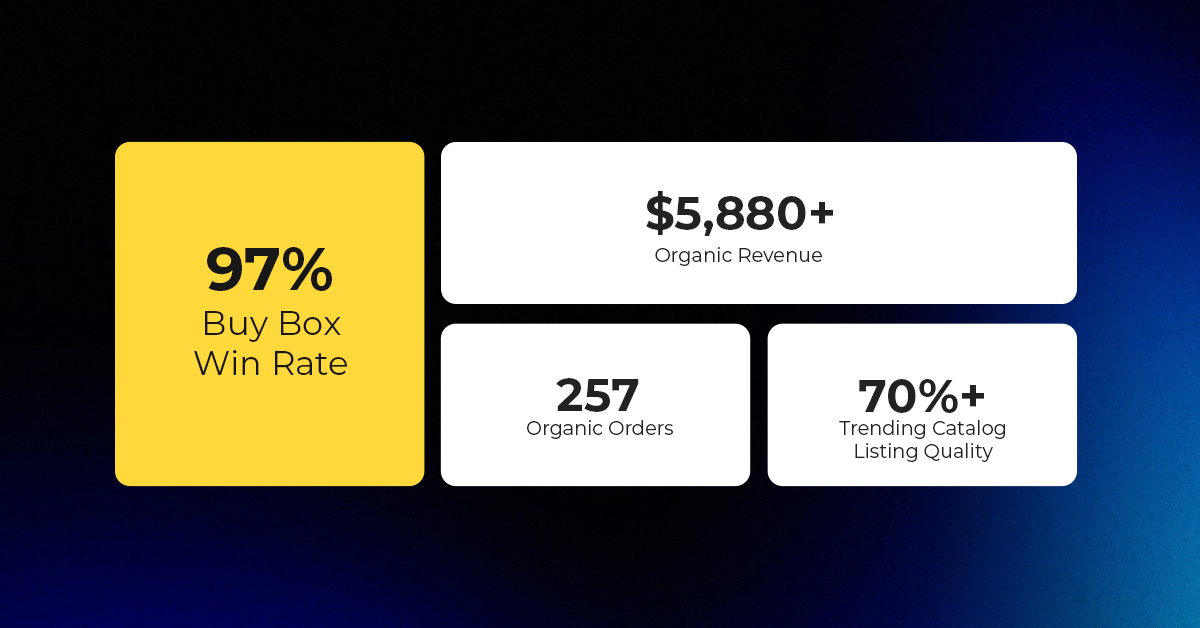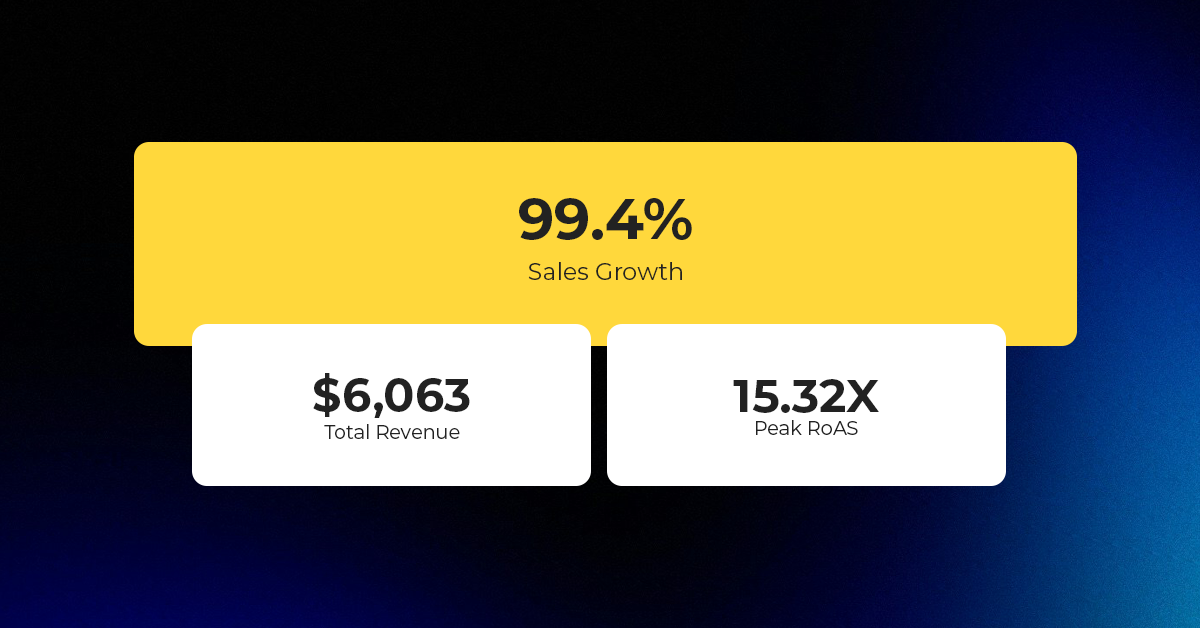Etsy Expands Payments Policy Globally; Instant Transfers Go Live for US Sellers
Reading Time: 3 minutesWhat’s changed Etsy has rolled out major updates to its Etsy Payments…
Sellers want to integrate their online stores with Walmart.com for the simplicity and one point on control for Walmart orders rather than moving to Walmart and then fulfilling orders .
Product Uploading can be done in WalMart Marketplace through following ways :
1. Upload products from their Seller Center using CSV files
2. Use 3rd party integrations to integrate their online stores with Walmart Seller center.
For uploading the products using CSV files, sellers have to only register with Walmart, get approved and then they can feed the required data in the files and upload the products. Whereas, for the second option – using 3rd party integrations – they are required to OBTAIN Walmart API Keys. Afterward using these keys integrate their online stores – built on Magento, Shopify, WooCommerce etc – with the Walmart.
However, Walmart’s intent is commendable – providing seller panel to upload files manually as it is free – to facilitate sellers wanting to sell at Walmart. But, the manual work involved with uploading and feeding information in the CSV files is intimidating and overwhelming, especially for those who have thousands of products.
Entering HUGE sets of data frequently can be sometimes nightmare-ish. However, the other method using WALMART MARKET PLACE API INTEGRATION to upload and sell products is the easy way out.
The first and foremost thing to sell on Walmart is uploading products. Manually, these are done is two ways:
1. Setup by Match: In this data (product information) of the existing product is used
2. Setup by Category: In this, products can be uploaded by entering the respective information for different product categories.
1. SET UP by MATCH:
What it does is Sellers are required to provide SOME INFORMATION OF THE PRODUCT and USING THIS INFORMATION the seller panel MATCHES AND FETCHES the information from the existing products on Walmart.
In the file, the seller has to manually enter all the details required, the seller panel fetches all OTHER details such as Short and Long Description etc DETAILS from the existing products on the Walmart.
NO ADDITIONAL INFORMATION CAN BE ADDED USING SETUP BY MATCH and any INVALID information entered in the file also results in FAILING to upload the product.
One thing that is needed to be pointed out is the Merging of Products.
Once your product is matched, the existing product is shown on Walmart.com, even if, it the existing product is out of stock. To RESOLVE this issue the customers then has to purchase UNIQUE PRODUCT CODES so their products don’t get merged.
However, the WALMART API INTEGRATION uploads all the product from the online stores to Walmart by fetching all the mapped attribute data. Also, rectification of product upload error is easy and eliminates the manual-finding-and-rectification-individually efforts.
Note: THE MAGENTO INTEGRATION APP IMAGES ARE USED FOR ILLUSTRATION. HOWEVER, SIMILAR FEATURES ARE AVAILABLE WITH OTHER FRAMEWORKS AS WELL.
The Walmart API Integration app automated the SETUP by MATCH process
To add any new information to the products uploaded through Setup by Match Process, Setup by category is used.
For this users are required to choose the category and subcategory in which they want to add a product or information to the already-added product on Walmart.com through SET UP BY MATCH.
Again the intention of the Walmart is novel when it comes to providing the COMPREHENSIVE knowledge base to aid the sellers, however, it remains a largely complex and multi-layered method.
These are the pain when a product has no variants and it gets multiplied when there are variations of the product such as Size, Color, Gender etc.
Also, VARIATIONS approved by WALMART can be used only, no other variation can be used.
Then, the product is finally able to be uploaded. And after it again follows the steps for finding the errors from FEED status and then rectifying them one-by-one.
Whereas the Cedcommerce Walmart Marketplace extension has all the necessary information already inbuilt, products can be added by MAPPING THE CATEGORIES of the online store with that of Walmart.
To update pricing sellers have to open the MANAGE ITEMS, select the price of the individual PRODUCTS and then update it, there is also a feature of the SPECIAL PRICING. The special pricing is the PRICE of the PRODUCTS after a certain amount of discount is given to the customer.
Note: Here $10.98 is the special pricing.
And to change the prices of products in the bulk, the excel file has to be created
Whereas in the Integration app, prices can be increased or decreased by doing price manipulations:
Walmart provides order management functionality for its users as well. From here, they can manage orders.
Walmart requires wants customers to handle REFUND on their own. However it provides functionality in the Seller Panel where sellers can enter the details of products for which a refund is initiated.
The Integration APP provides a section where sellers can initiate REFUND requests from their Seller panels and they are not required to visit the Seller center again.
Again, the intent of Walmart is unquestionable but the process remains complex. Handling this GARGANTUAN amount of data is never easy. And sellers have to HIRE data entry operators for the same. And IMAGINE if this has to be followed regularly it can be excruciatingly painful for the seller. This almost entire hassle is addressed and almost everything is automated.
The Walmart Marketplace API integration per se is a great product. Furthermore, comes with it a great support which is secondary to none. Here:
Therefore to successfully selling on Walmart, that too, continuously, it is uber important to make the whole order system extremely flexible. It is that 3rd part integrations do.
Note – Read our blog on HOW TO SELL ON WALMART which clearly explains on how to sell on Walmart Marketplace

Reading Time: 3 minutesWhat’s changed Etsy has rolled out major updates to its Etsy Payments…

Reading Time: 2 minutesWhat’s changed Walmart has introduced a new Shipping Score metric within its…

Reading Time: 3 minutesWhat’s changed Amazon has announced an additional $35 billion investment in India…

Reading Time: 4 minutesAbout the Brand: 40ParkLane LLC Studio40ParkLane is a design-led print-on-demand brand created…

Reading Time: 3 minutesAbout the Company Brand Name: David Protein Industry: Health & Nutrition (Protein…

Reading Time: 3 minutesOnline retail spending in Germany is entering a renewed growth phase after…

Reading Time: 4 minutesTikTok Shop has released a comprehensive Beauty and Personal Care Products Policy,…

Reading Time: 4 minutesTikTok Shop has formally outlined comprehensive requirements for expiration date labeling and…

Reading Time: 3 minutesTikTok Shop is raising its sales commission for merchants across five active…

Reading Time: 11 minutesBy now you have seen your BFCM 2025 numbers. The harder question…

Reading Time: 3 minutesAbout the Brand Name: Vanity Slabs Inc Industry: Trading Slabs- Vanity Slabs…

Reading Time: 2 minutesAbout the Brand Name: Ramjet.com Industry: Automotive Parts & Accessories Location: United…

Reading Time: 2 minutesAmazon is rolling out strategic referral fee reductions across five major European…

Reading Time: 4 minutesQuick Summary: Scaling Lifestyle Powersports on eBay with CedCommerce Challenge: Zero marketplace…

Reading Time: 4 minutesTikTok has surpassed 460 million users across Southeast Asia, reinforcing its position…

Reading Time: 3 minuteseBay has released its final seller news update for 2025, with a…

Reading Time: 3 minutesAmazon has clarified its stance regarding speculation around a potential breakup between…

Reading Time: 4 minutesWalmart is accelerating its push into next-generation fulfillment by expanding its drone…

Reading Time: 4 minutesFaire, the fast-growing wholesale marketplace connecting independent retailers with emerging brands, has…

Reading Time: 4 minutesB2B buying in the United States is undergoing a fundamental behavioral shift…